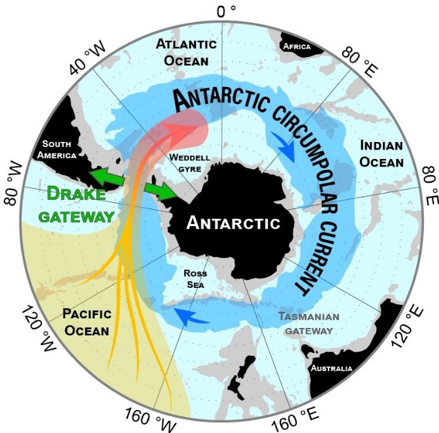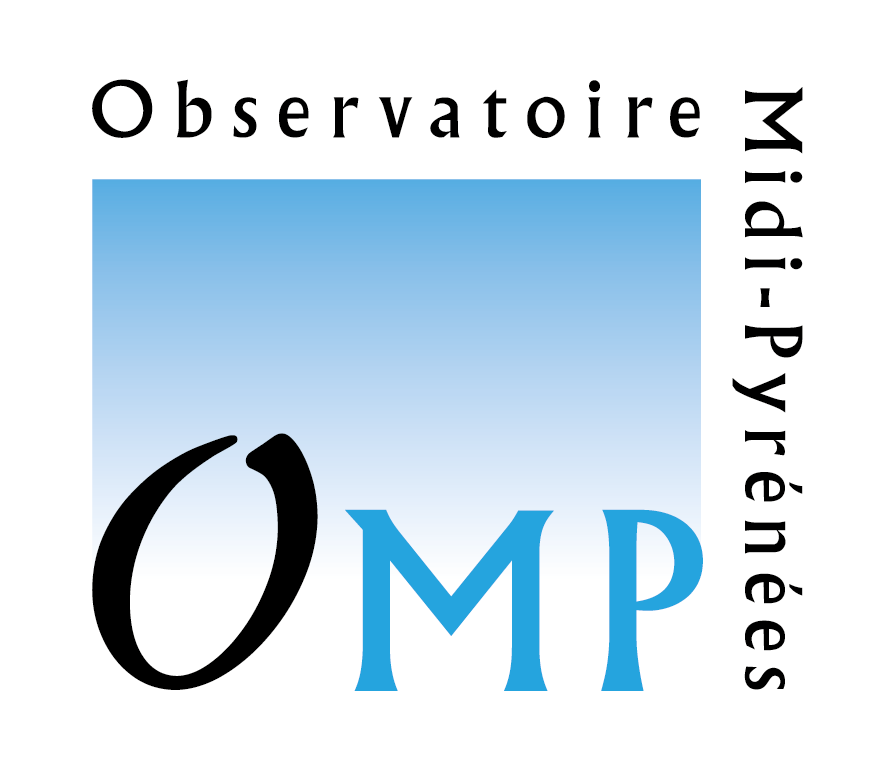New discoveries reveal the origins of the most powerful current on Earth
The Antarctic Circumpolar Current is the largest ocean current on Earth, connecting the Atlantic, Pacific and Indian Oceans. This current largely regulates the exchange of heat, moisture, carbon and nutrients between the Southern Ocean and other ocean basins, which in turn has a significant impact on atmospheric carbon dioxide concentrations and the global climate. Despite its pivotal role in global ocean circulation, climate dynamics and the stability of the Antarctic ice, when and how this current developed has been widely debated for almost forty years.
Read more on the CNRS Terre & Univers website
GET contact: Mathieu Benoit









